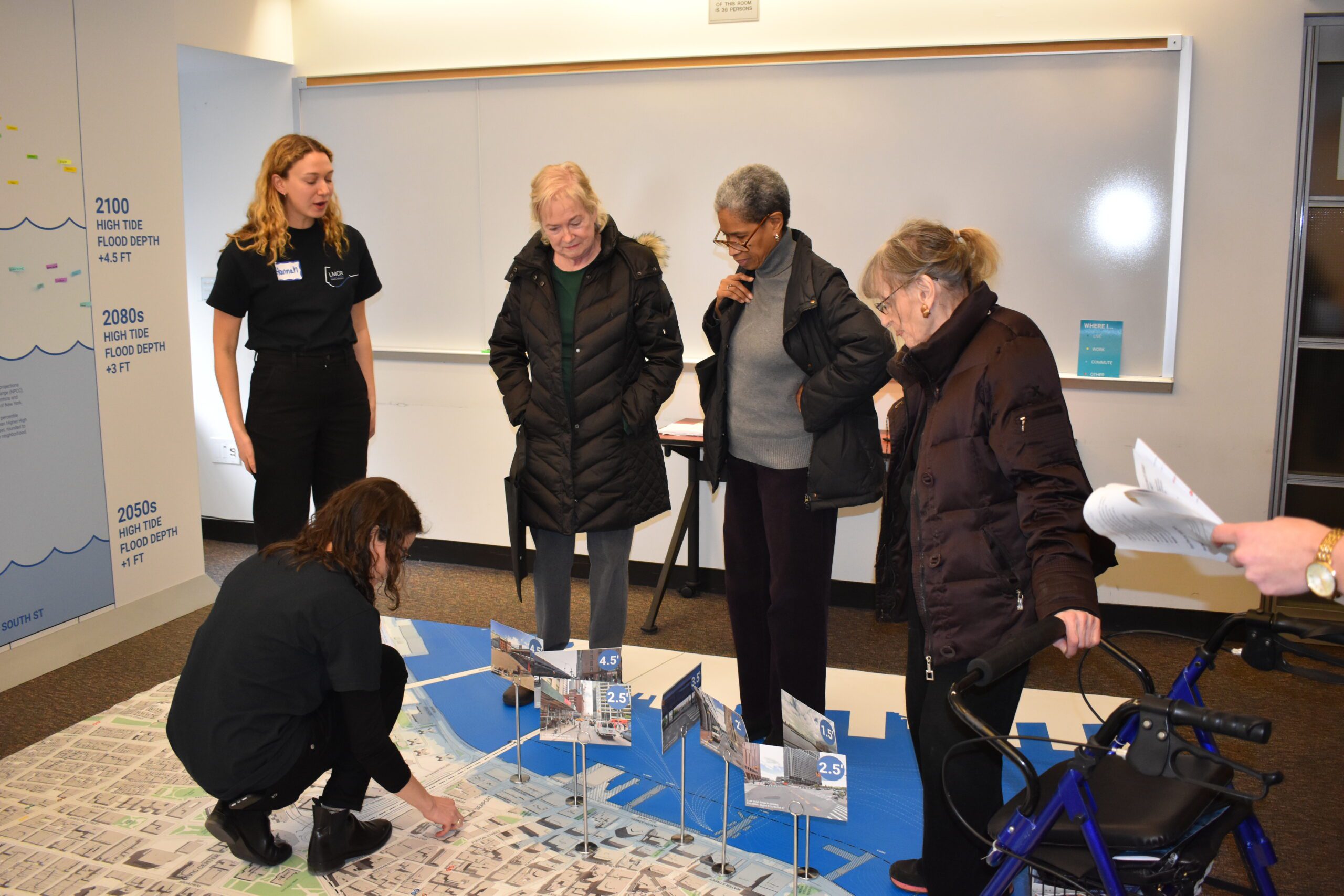Plan and Financial Analysis for a Climate Resilient Lower Manhattan
The New York City Mayor’s Office of Recovery and Resiliency and the New York City Economic Development Corporation engaged HR&A to develop a strategic plan for Lower Manhattan as part of the Lower Manhattan Coastal Resiliency Project following Superstorm Sandy. Our work led to capital projects with over $1.7 billion in committed funds, as well as the innovative FiDi and Seaport Climate Resilience Plan.
HR&A’s work on climate adaptation in Lower Manhattan began in 2013, when we led local planning through the New York Rising Community Reconstruction Program, which led years later to the Lower Manhattan Climate Resilience Plan. HR&A’s team assessed climate vulnerability, looking at long-term climate hazards including chronic stresses, to inform the development of potential strategies for Lower Manhattan. Strategies were evaluated based on the ability to mitigate against climate hazards and their economic and community impacts. As part of the Lower Manhattan Climate Resilience Study, HR&A conducted a financial feasibility assessment and identified a series of next steps towards implementation.
Building on the Lower Manhattan Climate Resilience Study, HR&A helped manage an interdisciplinary team to develop the Financial District (FiDi) and Seaport Climate Resilience Plan, as a subcontractor to Arcadis. In addition to supporting overall project management, HR&A created an inclusive stakeholder engagement plan that emphasized education and advocacy. As the planning process turned toward implementation strategies, HR&A analyzed the public and private flood insurance landscape to estimate the potential savings that could be generated by the planned flood protection infrastructure. Working with Munich Re, we found that flood protection infrastructure could save property owners in the FiDi and Seaport areas over $75 million annually in private flood insurance premiums by 2050.
In October 2021, Mayor Bill DeBlasio announced a $110 million City investment in drainage and bulkhead improvements to protect the South Street Seaport from sea-level rise and storm surge in the coming decades. The City released the full Financial District and Seaport Climate Resilience Plan in late 2021.
